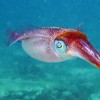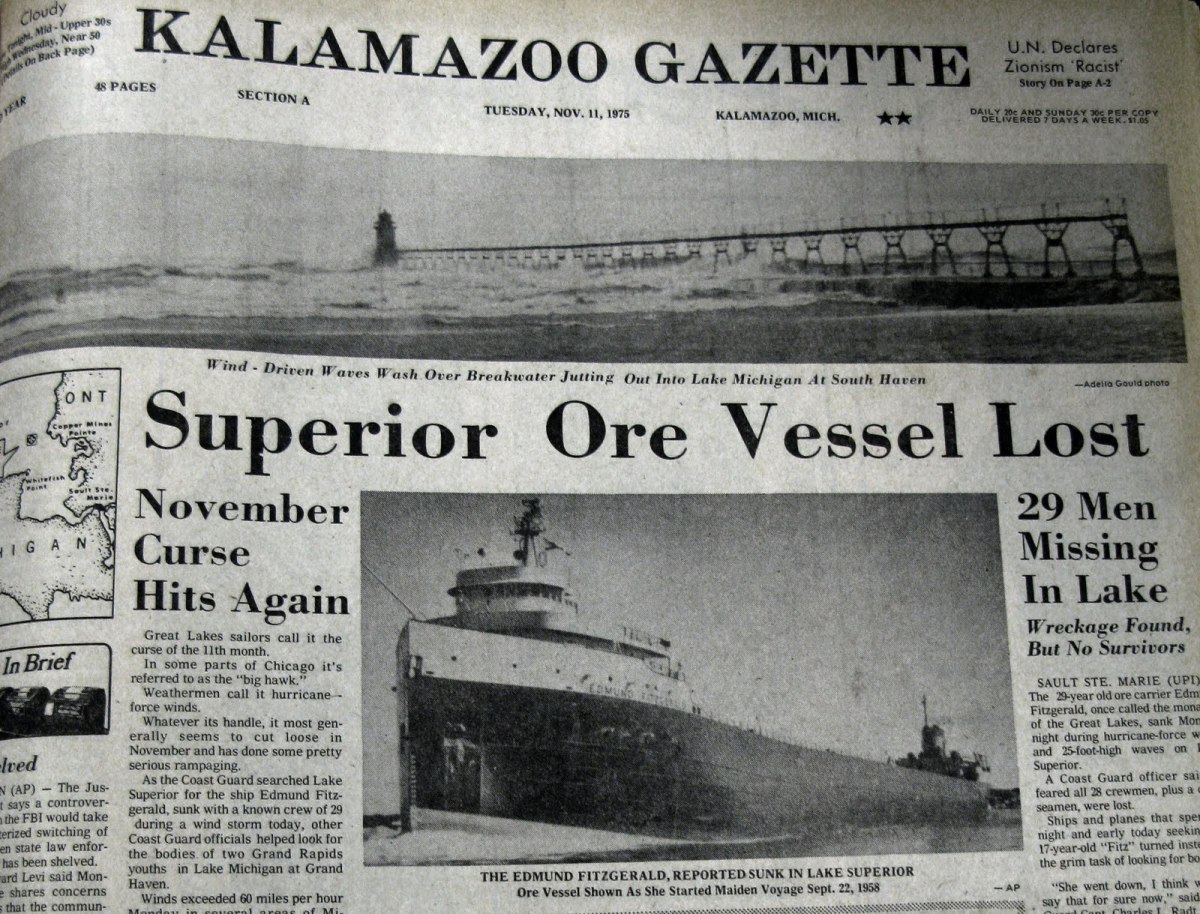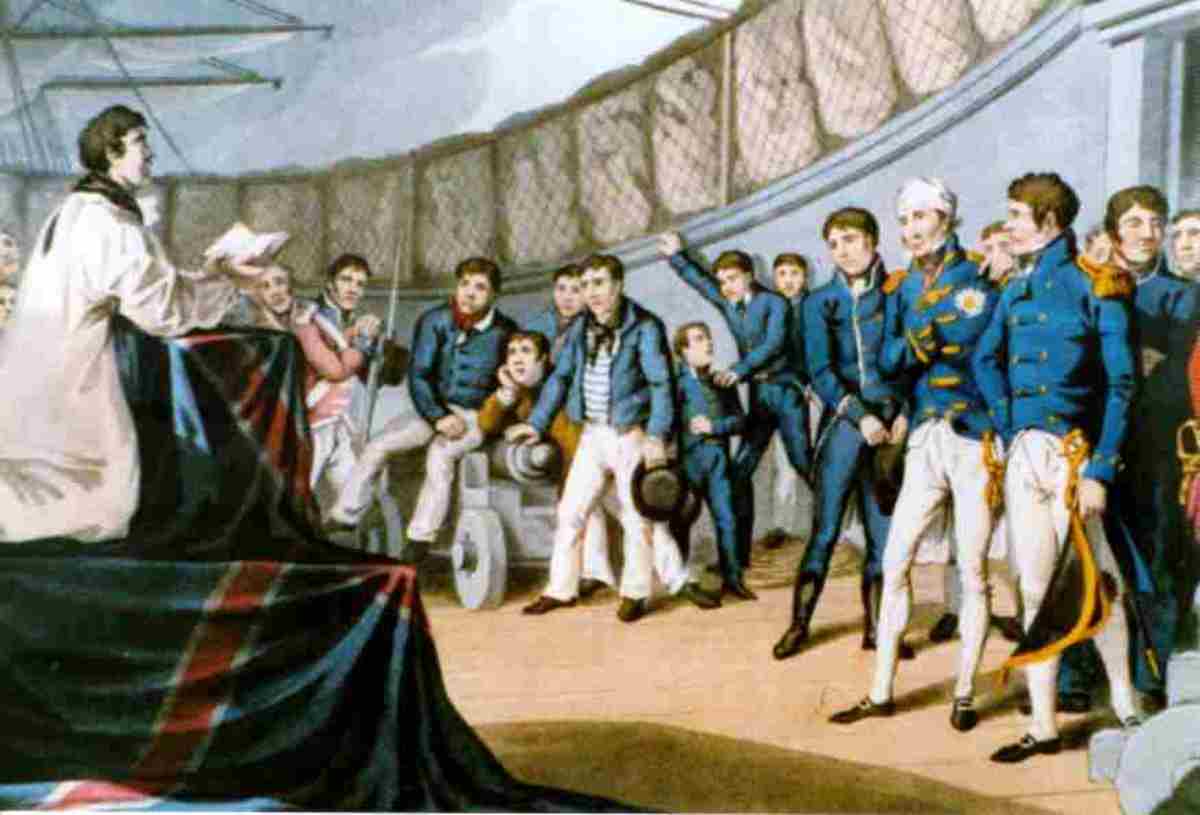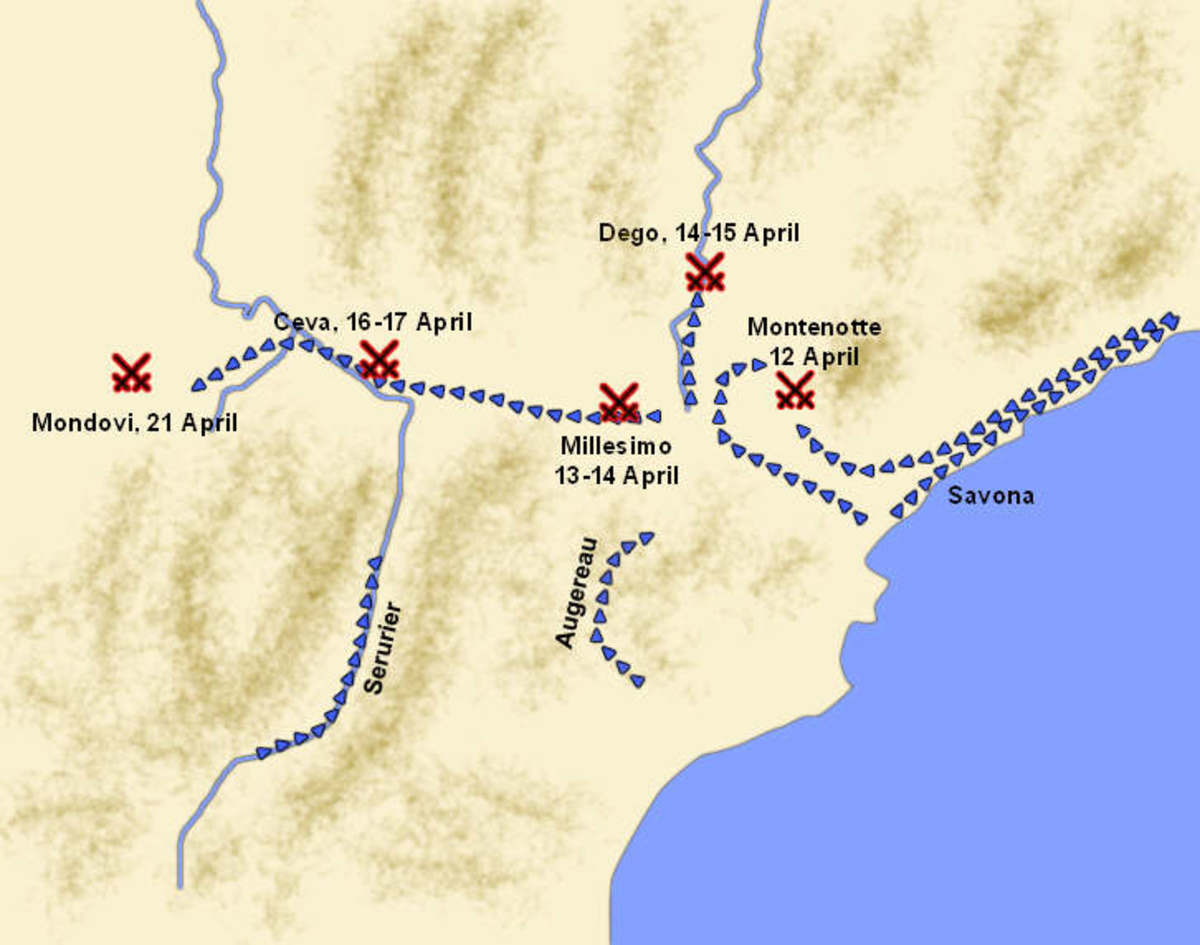- HubPages»
- Education and Science»
- History & Archaeology»
- History of the Modern Era
Custom of the Sea: Cannibalism Among Shipwreck Survivors... Shipwrecked Captain and Sailors in the 1800's...
Cannibalism at Sea...
The Custom of the Sea. By Neil Hanson. (New York: John Wiley & Sons, Inc., 1999. 315 pp. $19.95, ISBN 0-471-38389-9.)
The author Neil Hanson described a true story about the yacht, the Mignonette, in the year 1884 that shipwrecked at sea. The main subject of the story involves the captain of the ship, Tom Dudley, who was making a voyage from England to Australia to deliver a racing yacht to the new owner. Dudley had 3 other crewmembers on board, which included a cook, a mate, and a cabin boy, who all survived the sinking of the Mignonette. They were adrift in the ships dinghy for 21 days with hardly any food or water before eventually getting rescued by a passing ship, but what followed was an incredible retelling of the horrible events that took place and the aftermath. This story ultimately brought on a precedent setting lawsuit in Great Britain that had long lasting effects. Hanson tells the tale in a very readable way, as if the characters were in a novel and experiencing the deprivations with the reader.
The late 1800’s was a time with a great deal of shipwrecks around the world, mostly because of poorly maintained ships due to non-existent laws about keeping sailors and passengers safe, and also because in many cases the owner could actually earn more money if the ship went down instead of reaching its port of call, because of maritime insurance. There were no OSHA laws for safety aboard ships, and the ships were frequently left in barely acceptable condition in order to save as much money as possible for the owner. The captain and crew had to accept the condition of the ship or not take the job, and frequently they had no choice at all in the matter, especially if they had already signed a contract to sail. So in effect, with shipwrecks so common at the time and throughout history, a tradition among sailors was very popular and practiced regularly when adrift on the sea with no food and water. It was called “The Custom of the Sea”, and required sailors and passengers to draw lots to see who would be killed by the crew in order for the survivors to stay alive through cannibalism and the drinking of blood.
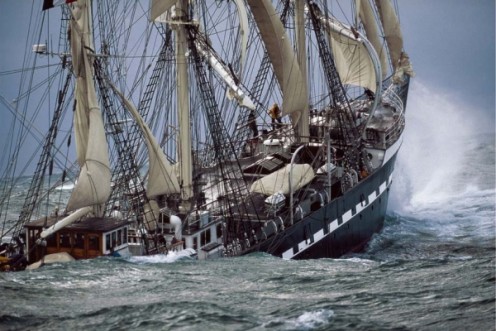
The Custom of the Sea...
This is a very gruesome subject, but the author takes the reader through it very thoroughly and succinctly in order to fully explore the experience as if he was on the boat with the survivors. Hanson makes sure to tell the story from the beginning with the viewpoint of the captain Tom Dudley, and describing in detail his past and current conditions, in addition to the other 3 members of his crew. The reader is actually on the ship as it sails out of England as the daily life details are intricately told down to the minutest point, and the sea watches and work aboard is described fully. As the ship finally heads to the bottom of the sea during a violent and prolonged south Atlantic storm, and the crew becomes adrift on the open sea, the reader is spellbound.
The fantastic ordeals that the crew experience are described in heavy detail, as they find a sea turtle and eat it, but also as they draw lots and kill and eat the cabin boy, who just happened to be the weakest member of the surviving crew due to drinking sea water. When the 3 remaining crew members were rescued by a passing ship about 4 days later, their troubles were not over by far. As they were returned back to England, Captain Dudley was determined to tell the truth about what they did, as he was an honest man and he did not believe that they would ever get in legal trouble for it since it was the custom of the sea and had been practiced by thousands of sailors throughout the years until his time. However, the authorities threw the 3 sailors into jail with the intention of a national effort at creating a solid precedent at overturning any state acceptance at this unofficial custom of the sea. They wanted to stop this practice, as it could lead to “killing the cabin boy” or the weakest or most disliked member of the crew any time the other members wanted.
The hearings and trial are covered in the book with much detail, down to what each attorney and defendants said in court, and also outside the courtroom. It is hard to say how much of the narration that took place outside of official court records actually took place as the book mentions, and it is very possible that the author makes liberal conjecture in order to make for a more enjoyable book and also to make a point. For instance, Dudley mentions at one point to his attorney that creating a precedent against this custom would not stop the practice, but it would only stop the telling of truths by the remaining survivors. Knowing what would await them on shore, they would lie in order to protect themselves from prosecution by the state, and this has helped to create some of the same conditions in the court system today, where the rule is to deny everything even if guilty.
This is one of those books that really make the reader think about right or wrong, and what choices they might make if placed in the same situation adrift at sea. Is it permissible to kill another member of the crew, drink their blood, and eat their flesh in order to survive? How much would being without water to quench thirst or food to satisfy hunger affect a person to crave another person’s blood to drink? Most people cannot fathom being in a state of mind such as that, as they have never been placed in that condition at any time during their lives. It brings the question to the forefront of thinking as to whether the state was doing the right thing in order to prosecute the survivors, or if they were being the typical evil, overbearing government entity that was overreaching its bounds…
The book is definitely a must read for anyone interested in maritime history and boating, as it is a subject which could possibly be useful to sailors even today who are stranded out at sea for long periods of time without food or water. One just never knows what extent of water deprivation will make them licking their lips toward their spouse or other crewmate… If the question becomes one of whether to die or to kill, eat, and survive, what will be the reader’s decision? The author Hanson makes the book a very easy read, and the reader should be able to finish it within a couple of sittings, especially since it can be very hard to put down!
